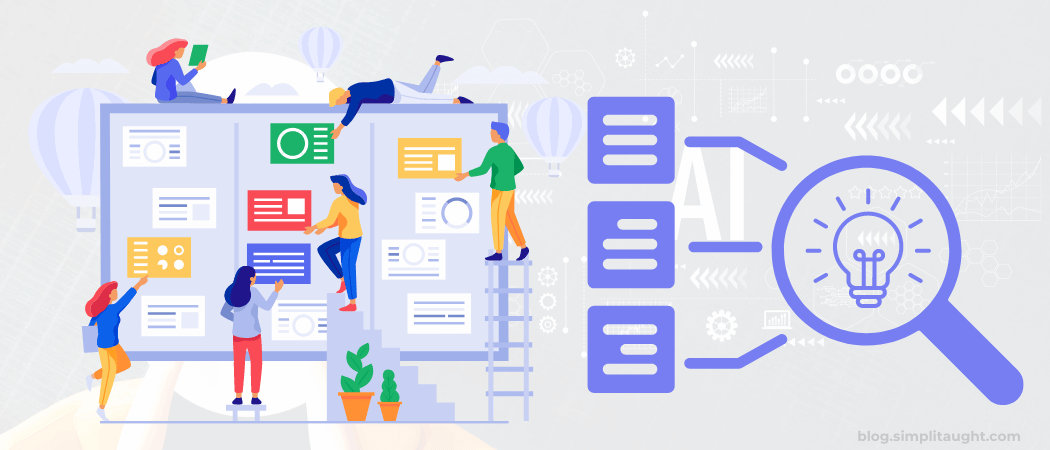Often, educators are told to differentiate instruction to reach struggling students and challenge traditional learning methods. Unfortunately, we are expected to do this, but we have yet to be told how to do this with types of personalized learning.
Over the years, technology has allowed us to move beyond one-size fits all approach in instruction. Educators have learned teaching strategies that assist them in proper education for individual student needs, abilities, and passions. Only recently, it was challenging to customize learning due to the time required. But with technology, we can embrace personalized learning.
Educators can deliver personalized learning in many ways. This blog will focus on the most effective instructional models; Blended Learning, Project-Based Learning, and the Flipped Classroom.
It’s up to teachers and stakeholders to determine how they want to apply these models in their classrooms. Providing instruction at the right level for your learners is essential, which motivates and excites them. You cannot achieve this by presenting content in front of the class, so let’s utilize these instructional strategies to inspire your teaching.
Innovative Types of Personalized Learning
Personalized learning methods benefit both teachers and students in the classroom. They offer tailored learning experiences to students to pursue their educational goals at their own pace and empower teachers to focus on guidance, support, and long-term planning.
Blended Learning
Blended learning is an approach that weaves online instruction and the classroom together. Most blended classrooms depend on robust educator websites where teachers can post activities for learners to create or complete online. The blended learning strategy uses online programs to increase knowledge and skills, freeing educators’ time to work intensively with smaller groups.
Likewise, educators must be mindful of creating a well-structured course that balances in-person and online activities. They also need to ensure that classroom technology supports the desired learning outcomes. Providing learners with clear instructions, resources, and support is crucial to help them succeed and stay engaged in the blended learning environment.
Project-Based Learning
PBL or project-based learning, begins with a driving question that prompts an inquiry process for learners to organize their thoughts. From there, they take charge of how they want to approach the problem, solve it, and present their findings. This strategy motivates students to devise solutions to problems or issues rather than relying on someone else’s ideas.
Students work on tasks and projects that require them to explore, investigate, and create solutions. Such projects give students interdisciplinary exposure and need them to integrate multiple areas of knowledge or subjects. Learners take on an active role in their educational process, becoming self-directed students who set goals, make decisions, and manage their time and resources.
Educators guide learners through learning, offer support, and scaffold their learning. Teachers may also provide mentorship, resources, and opportunities for feedback and reflection. In addition, they help students to connect the projects to the learning objectives and the curriculum, ensuring that the tasks and projects perfectly align with the desired outcomes.
Flipped Instruction
This approach flips the classroom’s instructional model where learners practice at home without guidance and receive switched content. Instead, learners receive content at home while the instructor reinforces the video and compels students to apply what they have learned. The educator is there to provide support and extend the learning.
Teachers must carefully plan, develop high-quality pre-learning materials, and create meaningful classroom activities to implement flipped classroom instruction successfully. It also requires clear communication with learners, ongoing evaluations, and adjustments based on student performance and feedback.
Moreover, flipped classroom model leverages active learning strategies and technology to optimize learner engagement, comprehension, and knowledge application, resulting in more student-centered and interactive educational experiences.
Final Thoughts!
The above-mentioned strategies are the most popular personalized learning approaches to enhance student’s educational experience. Teachers do not have to choose only one of these models. They are not required to choose only one of these models. However, multiple strategies can work wonders and help teachers achieve the desired outcomes.





